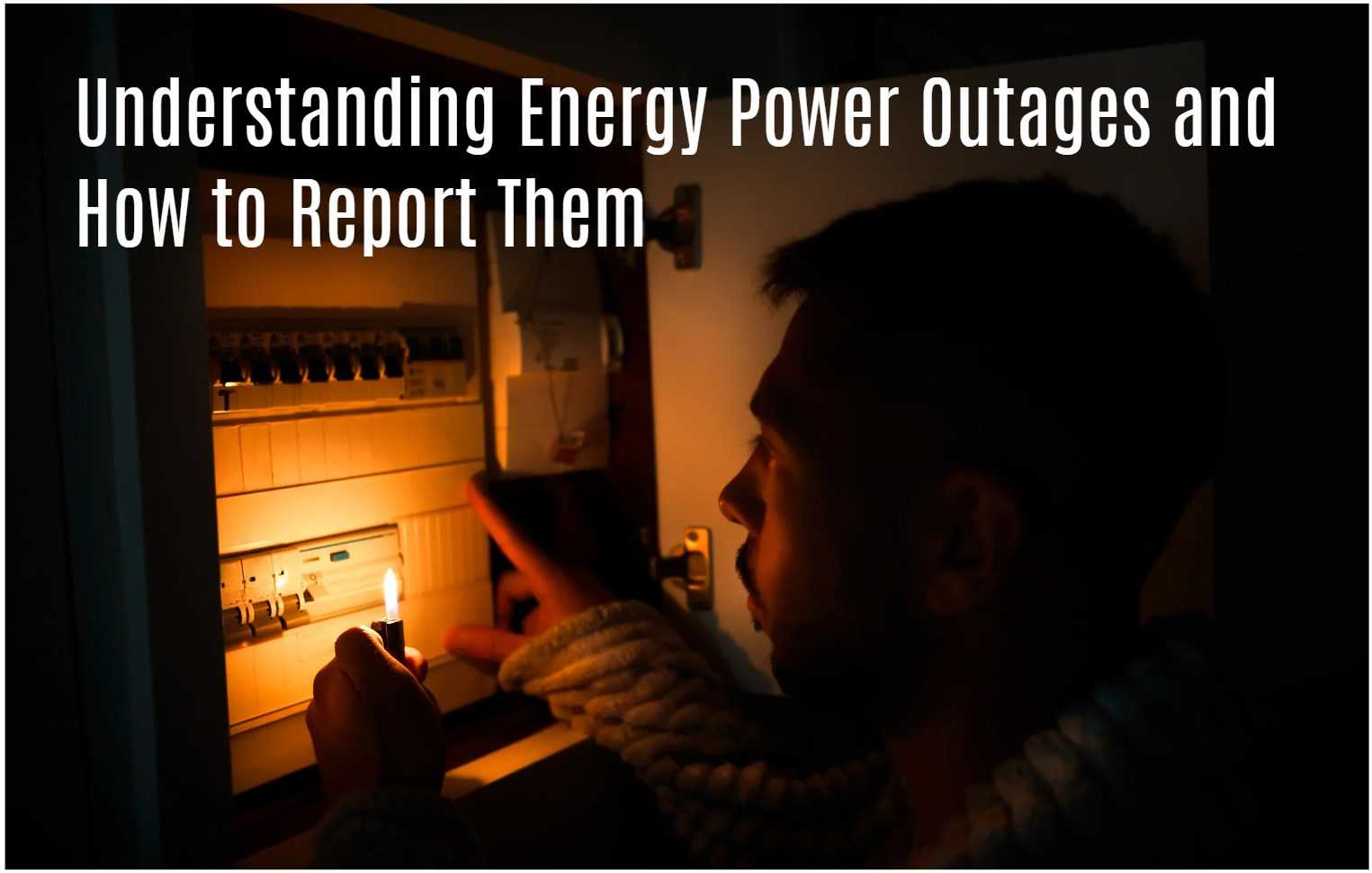Power outages can be a significant inconvenience, whether occurring during the sweltering heat of summer or the freezing cold of winter. Understanding who to call and how to report a power outage can expedite the restoration process, minimizing disruption. This comprehensive guide will help you navigate the steps to report a power outage effectively and ensure your power is restored as quickly as possible.
Understanding Power Outages
Power outages can occur for various reasons, including severe weather conditions, accidents, and issues within the energy grid. Identifying the cause of an outage can help in reporting it accurately. Common causes include:
- Weather-Related Issues: Storms, hurricanes, and heavy snowfall can damage power lines and equipment.
- Accidents: Vehicle collisions with power poles or construction accidents can disrupt power supply.
- High Demand: Excessive usage during peak times can overload the grid.
- Equipment Failure: Aging infrastructure or technical faults can lead to outages.
Steps to Take During a Power Outage
1. Check for Localized Issues
Before reporting an outage, determine if the issue is within your household or neighborhood. Check your circuit breakers or fuse box to ensure the problem isn’t a tripped breaker or blown fuse. If neighbors are also experiencing an outage, it’s likely a wider issue.
2. Gather Necessary Information
Prepare to report the outage by gathering relevant information:
- Your Address: Ensure you have your full address ready, including any specific details that can help locate your home.
- Account Number: Having your utility account number can expedite the process.
- Details of the Outage: Note when the outage began and any unusual occurrences (e.g., sparks, loud noises).
3. Contact Your Utility Company
The utility company is responsible for maintaining and repairing power lines and infrastructure. Report the outage to them promptly:
4. Use Online Reporting Tools
Many utility companies offer online outage reporting tools or mobile apps. These platforms can be more efficient than phone calls, especially during widespread outages when call volumes are high.
5. Monitor Updates
After reporting the outage, stay informed about the status and estimated restoration times. Utility companies often provide real-time updates via their websites, apps, or social media channels.
Preparing for Future Power Outages
Create an Emergency Kit
Having an emergency kit can make power outages more manageable. Include items such as:
- Flashlights and batteries
- Non-perishable food and water
- First aid supplies
- Portable phone chargers
- Blankets and warm clothing
Install a Backup Power Source
Consider investing in a backup power source like a generator or uninterruptible power supply (UPS) for essential electronics and appliances.
Surge Protection
Protect your electronic devices from power surges by using surge protectors. Power surges can occur when electricity is restored.
Conclusion
Promptly reporting a power outage can significantly reduce the downtime and help utility companies restore power more efficiently. By following the outlined steps, preparing for future outages, and utilizing available resources, you can ensure a swift response and minimize the impact of power disruptions. Stay informed and proactive to keep your household safe and comfortable during power outages.
FAQs
How do you explain a power outage?
A power outage is the loss of electrical power supply to an end user. It can occur due to various reasons, such as faults at power stations, damage to transmission lines or substations, short circuits, cascading failures, or the operation of fuses or circuit breakers. Power outages disrupt the supply of electricity, leading to a loss of power in homes, businesses, and other facilities.
How do you explain power failure?
Power failure is the loss of electricity to a computer, peripherals, or other electronic devices. During a power failure, any data stored in temporary storage, such as the computer’s memory, is immediately lost and unrecoverable. Power failures can also cause data corruption and, in some cases, hardware damage. Common causes of power failures include power surges, electrical storms, brownouts, damaged power outlets, maintenance work by the power company, and excessive power usage.
How long do most power outages last?
The duration of power outages varies depending on the severity of the situation. In most normal situations, power outages last for a few hours as utility providers work to assess the cause, identify faults, and restore power. However, in cases of high severity, such as natural calamities or major faults, power outages can last for a few days. During these extended outages, utility companies require additional time to assess damage, coordinate repairs, and ensure worker safety.
How long can a fridge go without power?
A fridge without power can maintain safe temperatures for a limited time. If the doors of the refrigerator and freezer are kept closed, food will remain safe for up to 4 hours in the refrigerator. A full freezer can keep food cold for approximately 48 hours, while a half-full freezer can keep food cold for about 24 hours. However, it’s important to consider factors like ambient temperature and insulation quality for accurate food safety assessment during power outages.
Who do I call if my electricity goes off UK?
In the UK, if you experience an electricity outage or an electrical emergency, call 105 to report the issue. This free helpline connects you to your local electricity network operator who can assist you. Remember to check your fuse box, switch off appliances that shouldn’t be left unattended, and leave a light on to indicate when the power outage has been resolved.




